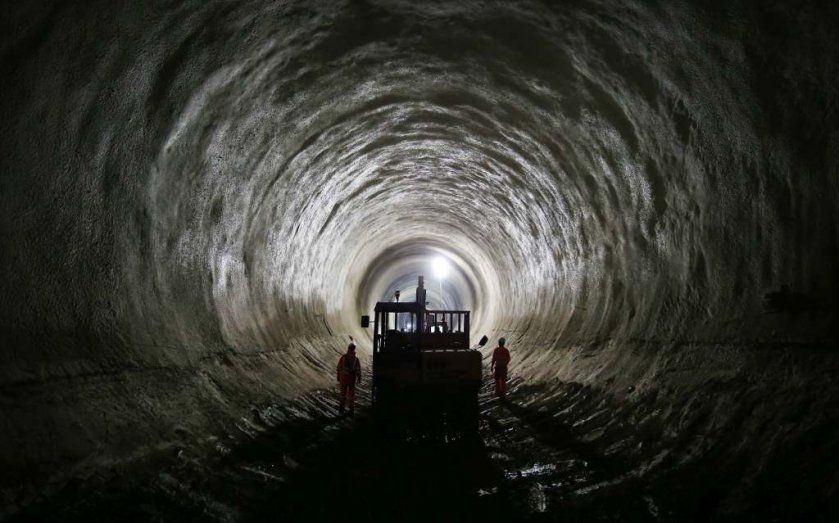Crossrail 2: It’s not just your commute that will improve with the Hertfordshire to Surrey transport link

As anyone who travels through Clapham Junction or Waterloo today will already know, much of the rail network is already operating at the limits of its capacity.
Huge improvements are planned and being made – the modernisation of the Tube and the building of Crossrail for example. But they will only ease the crowding temporarily. That’s because London’s continued success is driving population growth at unprecedented pace – from 8.6 million people now to an expected 10 million by 2030.
If we are to harness this growth we need new transport links. Transport is not an end in itself – it is simply the thing that ensures that population growth can be turned into economic growth by unlocking access to jobs, housing and education. The importance of such investment applies not just in London, but around the UK – it is not a zero sum game.
Crossrail 2, the proposed regional railway linking Hertfordshire with Surrey via a new tunnel and stations across London, is one such crucial project.
The new railway would allow an extra 270,000 more people to get into central London during the busy morning peak, both on new services and by releasing space on some of the most congested lines into the capital. For example, it could make as many as 11,800 more seats available on rail services from Hampshire and Surrey into Waterloo during the morning peak, as well as the extra ones on Crossrail 2 itself. Towns and cities such as Cambridge, Stansted, Portsmouth, Basingstoke and Southampton could all benefit
It's already been pointed out that Crossrail 2 could create 200,000 jobs and 200,000 new homes. The UK-wide supply chain would mean that small and medium sized enterprises could benefit from more than £5bn of spend and Crossrail 2 could add more than £1bn to the West Midlands economy, over £200m to the North East and up to £170m to the Scottish economy. KPMG estimates that, in total, the railway could add up to £102bn to the UK economy.
Uniquely among the major transport projects now in the pipeline, local funding sources could meet over half of the cost of Crossrail 2. These include the business rate supplement and mayoral community infrastructure levy currently being used to fund Crossrail, among others. And that’s in addition to increased tax revenues from economic growth – including billions in Stamp Duty receipts from new homes.
Crossrail 2 is a project that can deliver not just for London but for the rest of the South East – and the whole country.